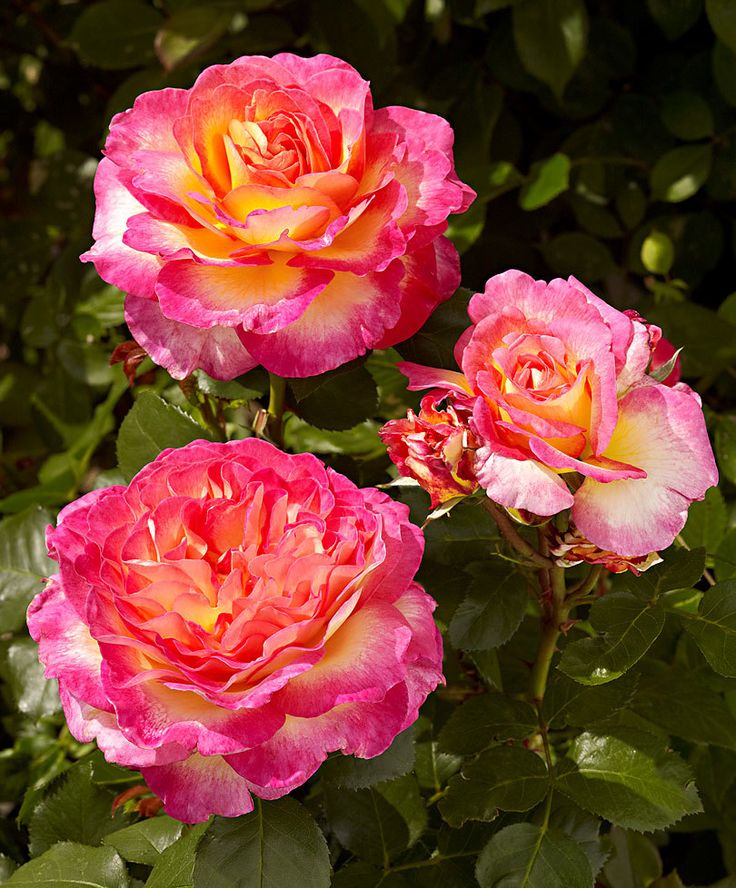Rain gardens offer an eco-friendly and visually appealing way to manage stormwater runoff, reduce erosion, and promote groundwater recharge. By harnessing the power of nature, you can create a beautiful and functional landscape feature that not only helps mitigate the impact of heavy rainfall but also supports biodiversity and enhances the overall health of your local ecosystem. Here’s a comprehensive guide to help you establish a rain garden and effectively manage stormwater runoff on your property.










Understanding Rain Garden Basics
A rain garden is a shallow depression or basin designed to capture and absorb rainwater runoff from roofs, driveways, and other impervious surfaces. By allowing stormwater to infiltrate into the soil instead of flowing directly into storm drains or waterways, rain gardens help reduce flooding, filter pollutants, and recharge groundwater supplies. Proper siting, sizing, and design are essential for maximizing the effectiveness of a rain garden and ensuring its long-term success.
Selecting an Ideal Location
When choosing a location for your rain garden, consider factors such as slope, soil type, drainage patterns, and proximity to runoff sources. Select a low-lying area with good soil infiltration rates and adequate sunlight for plant growth. Avoid siting your rain garden near utility lines, septic systems, or other underground infrastructure, and ensure that it is positioned at least 10 feet away from buildings to prevent water damage.
Designing Your Rain Garden
Once you’ve selected a suitable location, it’s time to design your rain garden. Determine the size and shape of your rain garden based on the amount of runoff it will need to accommodate and the available space on your property. Ideally, a rain garden should be sized to capture and infiltrate runoff from impervious surfaces within its contributing area. Incorporate gentle slopes, berms, and swales to direct water flow into the rain garden and prevent erosion.
Choosing Plants for Your Rain Garden
Selecting the right plants is crucial for the success of your rain garden. Choose native species that are adapted to your local climate and soil conditions, as they require less maintenance and are better suited to withstand fluctuations in water levels. Include a mix of deep-rooted perennials, grasses, and shrubs to help absorb excess water, filter pollutants, and provide habitat for wildlife. Group plants according to their water and sunlight requirements, and consider incorporating a diverse range of colors and textures for visual interest.
Installing and Maintaining Your Rain Garden
Once your rain garden is designed, it’s time to prepare the site and install the plants. Start by excavating the basin to the desired depth and shape, incorporating amendments such as compost or sand to improve soil structure and drainage. Plant your selected species according to their spacing requirements, and mulch the surface to help retain moisture and suppress weeds. Water newly planted rain gardens regularly until the plants become established, and monitor for signs of erosion or standing water. Conduct seasonal maintenance tasks such as weeding, pruning, and replenishing mulch to keep your rain garden healthy and thriving.
Conclusion
Establishing a rain garden is a sustainable and effective way to manage stormwater runoff, reduce flooding, and promote environmental stewardship. By understanding the basics of rain garden design, selecting an ideal location, choosing appropriate plants, and implementing proper installation and maintenance practices, you can create a resilient and beautiful landscape feature that enhances the health and resilience of your local ecosystem.
FAQs (Frequently Asked Questions)
- What are the benefits of installing a rain garden on my property?
- Rain gardens help reduce flooding, filter pollutants, recharge groundwater supplies, and provide habitat for wildlife. They also enhance the aesthetic value of your landscape and promote environmental sustainability.
- Do I need any special permits to install a rain garden?
- Permit requirements vary depending on your location and local regulations. Check with your municipality or local government agency to determine if permits are required for rain garden installation and obtain any necessary approvals before starting construction.
- Can I install a rain garden on a slope?
- Yes, rain gardens can be installed on slopes with proper design and planning. Incorporate terracing, berms, and other erosion control measures to manage water flow and prevent soil erosion.
- Will mosquitoes be a problem in my rain garden?
- Properly designed rain gardens with shallow, slowly draining basins and a diverse mix of plants are less likely to attract mosquitoes. Additionally, introducing mosquito-eating fish or incorporating mosquito dunks can help control mosquito populations without harming other wildlife.
- How long does it take for a rain garden to become established?
- Rain gardens typically take 1-2 years to become fully established, with plants reaching their mature size and the ecosystem reaching a balanced state. During the establishment period, provide regular maintenance and supplemental watering as needed to support plant growth and development.